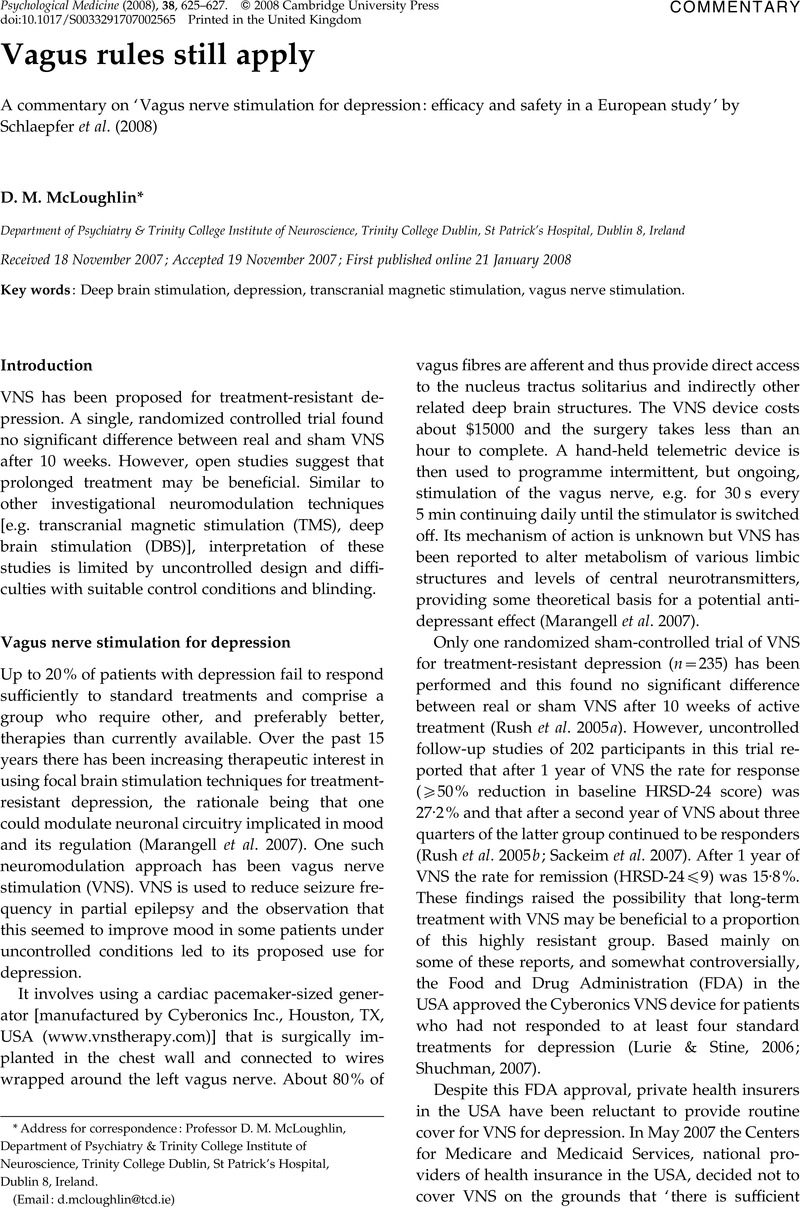Crossref Citations
This article has been cited by the following publications. This list is generated based on data provided by Crossref.
Dunne, Ross
and
McLoughlin, Declan M.
2008.
Physical treatments.
Medicine,
Vol. 36,
Issue. 9,
p.
499.
Dunne, Ross A.
and
McLoughlin, Declan M.
2012.
Core Psychiatry.
p.
617.



